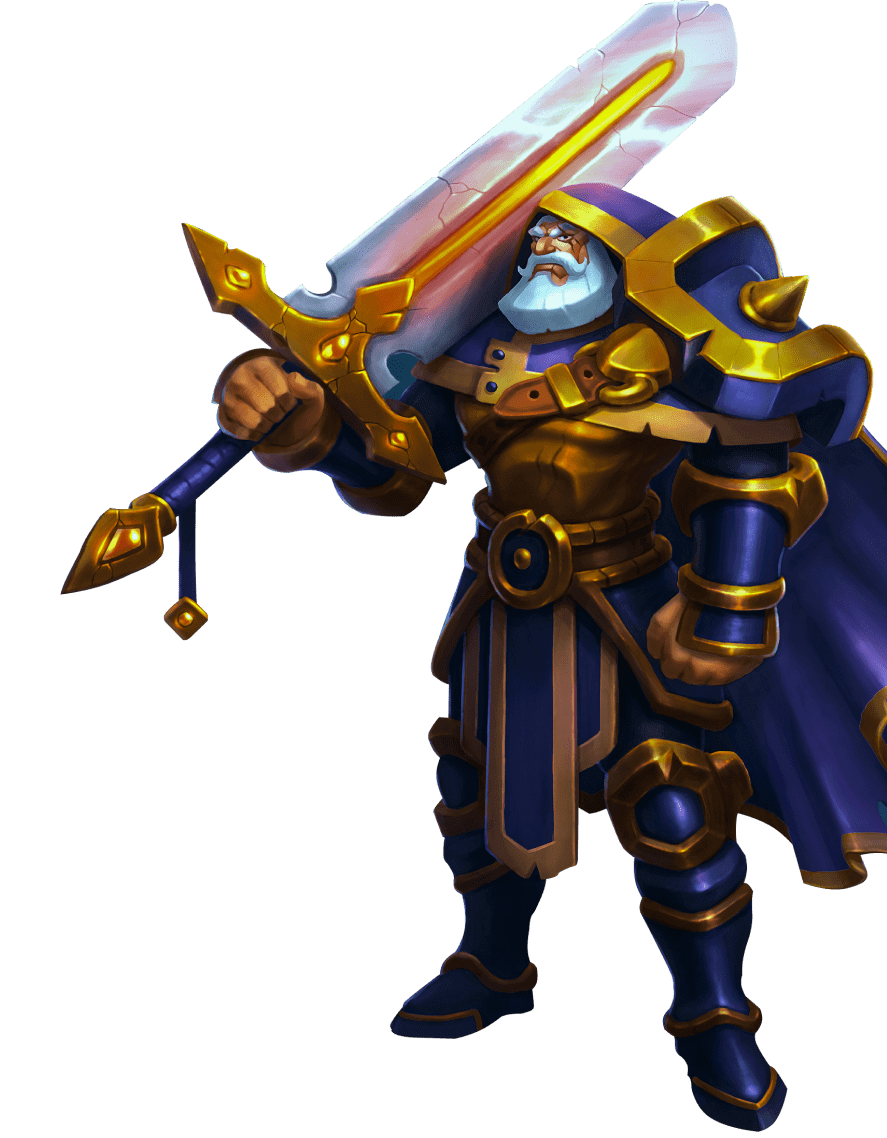Are you eager to take a plunge into the realm of isometric games and craft captivating, compelling virtual experiences? Then this comprehensive “how to create an isometric game step by step guide” will be just what you need! It outlines every detail associated with creating effective and immersive isometric games, from fundamentals such as understanding perspective principles in these types of titles up through honing your skills for designing intriguing environments and characters.
Key Takeaways
- Isometric perspective is a 2D way to create 3D visuals for games.
- Crafting an isometric game requires game developer art, design, and technical skills like animating characters & objects, adjusting lighting & textures etc.
- Kevuru Games provides expertise in creating visually stunning and engaging Isometric games.
What Is An Isometric Perspective
The isometric perspective depicts 3D objects in two dimensions, providing an impression of depth and making games visually attractive. The theory behind the technique lies with the grid distortion. By skewing regular grids it’s possible to create remarkable tiles specifically for gaming purposes – thus why it is known as “isometric projection”. Plus, all three axes (x-axis, y-axis & z-axis) having equal angles (120 degrees) made this method perfect in game development.
Developers use ‘ coordinates ‘ to achieve greater aesthetics and appeal from isometric artistry. These permit creators to make deeper-looking maps and other virtual illustrations that pleasantly stimulate users upon experiencing them – perfectly exemplifying what brilliance looks like and underlining stunning results yielded via isometrics style techniques.
Games Examples With Isometric Perspective
To create isometric games is a great way to display isometric video game art and create an immersive experience. By incorporating the z-axis into their design, developers can use tiles offset by height to give players a more dynamic visual representation of varying levels.
Top 5 Most Popular Isometric Games: 1. Clash Of Clans
It’s an online multiplayer game where a player is a village chief. You can build your village. Also, you can use resources and train troops so they can attack other player villages to gain resources and trophies. Players form communities called clans of up to 50 people.
Video: https://youtu.be/oMtvCkpis_w?feature=shared
2. Plants vs Zombies Plants vs. Zombies is a video game franchise developed by PopCap Games, a subsidiary of Electronic Arts (EA). In the game, 49 distinct varieties of plants act as your first line of defense against zombies. Each plant has unique qualities, strong points, and weaknesses you can use to your advantage or disadvantage when battling zombies. One type of plant is all you have when you first begin Adventure Mode, but most stages will grant you as a reward a new plant when you complete them.
Source: https://www.wired.com/2010/03/great-geek-debates-plants-vs-zombies/
3. Diablo
Fully fixed camera angle isMany a common feature of isometric action RPGs, a design choice that can be traced back to Diablo and other original isometric games. The fixed perspective provides the design team with precise guidelines to build the rest of the game around. It immediately affects level design, enemy behavior, effective attack range, and many other gameplay elements when you know what the player can see at all times. All other game design aspects flow around it because it establishes the ground rules.
4. Hay Day
Hay Day entails farming, including cultivating crops, trees, and bushes, creating goods, and keeping livestock and other pets. Players can progress throughout the game by exchanging products with other players and non-playable characters (visitors) to gain cash and experience points.
Supercell, a Finnish video game studio, created the free-to-play agricultural simulator, Hay Day. On iOS on June 21, 2012, and on Android on November 20, 2013, Hay Day became available.
5. Legends of Kingdom Rush The tower defense game Legends of Kingdom Rush was created by Ironhide Game Studio and released by Armor Games. It is set in a fantasy medieval world. The player must defeat opponents before they reach the end of the path and start draining lives, which ends the level and the game. Levels are made up of a series of pre-set pathways that the enemy marches through. The player must invest in defensive towers at specific locations along the route to combat any approaching monsters.
Source: https://www.legendsofkingdomrush.com/
How To Make An Isometric Game
Building isometric games encompasses the ability to bring together art, design, and programming. Developing a successful title in this genre requires several steps, including designing artwork for your game world, constructing compelling scenes that captivate players, and developing one-of-a-kind characters with flowing movements, all within an unchanging perspective.
We will look closely at each aspect of creating games from such angles so as not to lose any sense of what it means to craft engaging experiences through isometrics.
Isometry and Game Art
Isometric graphics, often known as pseudo-3D or 2.5D, can be recognized by their distinctive perspective obtained through parallel projection. Simply put, isometric graphics primarily change the view angle of a video game to give the appearance of 3D. In video game development, isometric views are a hot issue. This method enables the representation of 3D space using 2D objects and all the tiles. An isometric game also uses less computer processing resources because 2D new sprites don’t need to consider scaling and rendering. In addition, compared to their 3D equivalents, isometric graphics offer far higher 2D graphic fidelity at a lower entrance barrier.
Isometric drawings are undoubtedly not flawless. Additionally, they have drawbacks that lessen their attraction. Pre-rendered isometric graphics are the main culprit since they can have display problems. For instance, to retain high-quality graphics, 2D pictures, and sprites must be re-adjusted and re-rendered as common display resolutions and aspect ratios vary as technology advances.
Although the isometric perspective is not the most common option in game development, games that use it tend to make the most of the medium. Isometric games thrive at what they do, thanks to their technical prowess, video game art, and gameplay options.
Strategies for Designing Isometric Environments
The tile-based approach to constructing an isometric world is an effective and popular solution. Standard tile size represents predetermined data, allowing for the creation of visually enticing game environments. Proper depth sorting, which utilizes x- and y-coordinates from the Cartesian system, allows players to see all objects at their correct location. Those higher up should be rendered first while those lower down last. Taking advantage of tiles and mastering how they can create stunning, interactive worldscapes ultimately add more engagement for gamers experiencing such settings.
Crafting Isometric Characters and Objects
When crafting characters and objects, developers must ensure they provide an immersive gaming experience by creating multiple character animations that flow in 8 different directions. Optimizing collision detection includes verifying if the tile indicated on the level data array at a given coordinate can be walked on or not to make sure everything fits together smoothly and realistically for players. Cartesian coordinates are converted into corresponding isometric ones to produce precise character movement within these games. With this understanding mastered, those who develop such engaging gameplay with eye-catching visuals will keep gamers entertained and returning time after time.
Animation Techniques for Isometric Characters
The developer must use sprites and points-set registration to create isometric character animation. Sprites help create motion in the game world with a wide variety of directions while having registration points act as the origin for each sprite and assist with moving them fluidly within the environment. If one has mastered these techniques, they can make enthralling games that will provide an immersive experience like no other. Developers must understand how important this is if they wish their isometric games to look visually stimulating and exciting.
Strategies for Upholding Art Quality in Isometric Games
Preserving the art quality of the game for isometric titles must be considered to provide an immersive and rewarding visual experience. In game design, the isometric perspective is a beacon of artistic innovation. This unique viewpoint, a harmonious blend of 2D and 3D, offers a fresh lens through which players can immerse themselves in virtual realms.
Adjust Lighting
For building appealing isometric games with immersive environments, the lighting must also be adjusted correctly using methods such as attenuation through vertices, dynamic lights, or tints/shades gradation. It’s key that developers understand these techniques to generate realistic effects that will bring depth and atmosphere into their game world creation. To accomplish this goal, they need to modify accurately both positions and offsets related directly to light sources employed within those games.
Optimize Textures As Much as Possible
Creating an engaging isometric game requires taking texture optimization to the next level. By using advanced techniques for managing textures, such as adding variations and refining detail levels, it’s possible to ensure a rich and immersive gaming experience.
Implementing methods that provide varied visuals within the environment can help take your isometric game even further. With these strategies in place, you can create stunningly beautiful landscapes with out-of-this-world realism that captivates players worldwide.
Add Variations to the Environment
Developers can craft an exciting and aesthetically pleasing isometric game by mixing up the objects in the environment. Various methods, like scaling, rotating, and skewing forms/shapes of items to alter their profiles or reduce transparency overdrawing, could be used along with varied materials to give them a unique look. This way, they create a visually stimulating world that enthralls players.
How to Learn Isometry
Creating isometric games requires a deep understanding of isometry, which involves having experience, referencing visuals, and taking tutorials or courses. Isometrics drawings and projection are essential for making the game attractive and engaging to players. To sharpen one’s skills in this area, one should invest time into practicing object drawing with an eye on the complexities associated with isometric artworks. Dedication goes hand-in-hand with knowledge regarding creating those immersive gaming experiences using isometry principles, ultimately allowing gamers to enjoy these exciting titles visually.
Kevuru Games Expertise in Isometric Game Development
Kevuru Games, a highly skilled isometric mobile game developers, provides publishers with services to assist in producing successful isometric games. Their expertise includes but isn’t limited to concept and design creation. 2D & 3D art animation, character advancement, level building, and environment construction. Sound composition coupled with quality assurance testing. By being always up-to-date on trends and utilizing modern technology tools our skilled team helps build engaging and spectacularly designed projects within the niche world of isometric gaming that will stand out against rivals in any gaming platform we enter into.
From play mechanisms using Web3 solutions right through all aspects related to designing an actual game, such as creating content or producing audio compositions, the game development outsourcing Kevuru team has got you covered!
Summary
Developers can take their game development journey to the next level by learning and honing skills in isometric perspective, environment design, character creation, and animation techniques. With these strategies and tips, they have at hand for creating captivating games from an isometric viewpoint to make stunningly designed experiences that enthralled players!











